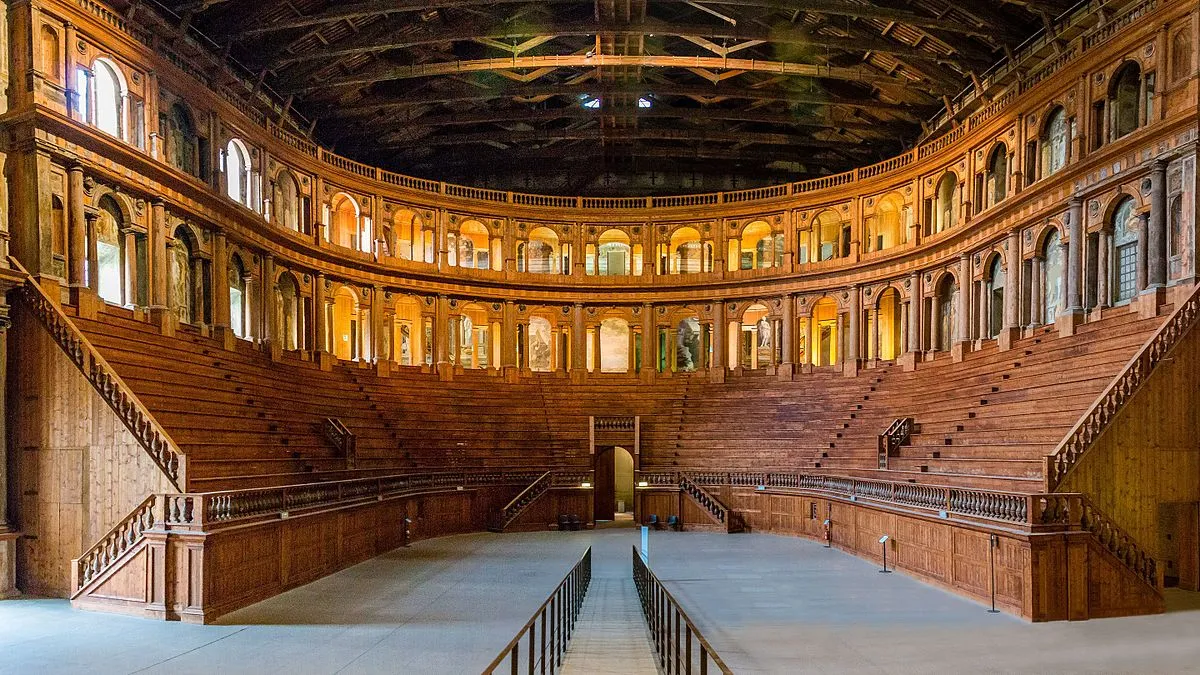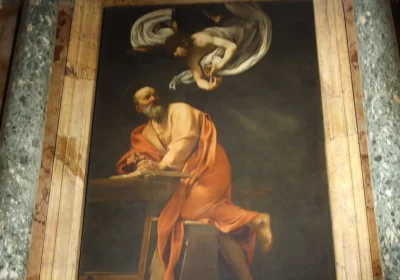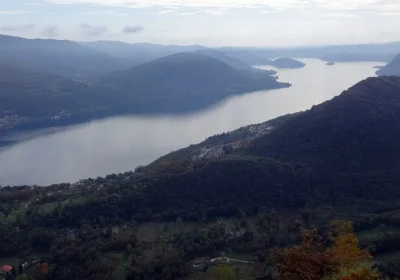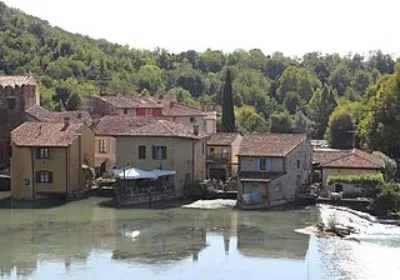Parma has a strong musical tradition. In 1813 the great composer Giuseppe Verdi, whose operas are staged in theatres all over the world, was born near Parma.
A little later, in 1867, Arturo Toscanini, who devoted 70 years of his life to his conducting career, was born in Parma. The famous violinist Niccolo Paganini, born in Genoa, found rest in Parma in the Villetta cemetery. It is not surprising that fans of the greatest talents want to get in touch with the world in which they lived and created and are in awe of the joy of these “meetings”.
On the tour you will see:
The Farnese Theatre is a unique Baroque theatre (1618) – it is one of the few Italian theatres built four centuries ago and preserved to this day. The Parma temple of Melpomene was inspired by the Olimpico theatre in Vicenza, and the architect Aleotti himself was a pupil of the famous Palladio. The pupil surpassed the teacher, if not in skill, then at least in size – the auditorium of the theatre was twice as long as the “Olimpico” and could seat up to four thousand people. Deep stage allowed to use in the productions of numerous technical innovations. By the way, on the model of the Farnese Theatre were built theatres in Berlin and St. Louis (USA). Since 1913 the Farnese Theatre was returned to the city, but in 1944 it survived a devastating bombing. By 1965, the building and interiors of the theatre were restored, and it now hosts guided tours as part of a visit to the Palazzo Pilotta. The theatre does not have a permanent programme, but in the summer season there are rare concert performances.
The Royal Theatre – construction of the structure began in the early 19th century, the Duchess of Parma Maria Luisa was not happy with the town theatre, called the Farnese Theatre. In her opinion, it was not in keeping with the prestige and overall image of the city. In 1821, the architect Nicola Bettoli was commissioned to build a new theatre, which was to be erected on a plot of land once belonging to the Monastery of St. Alexander. Eight years later, in 1829, the building was erected, and at the opening of the theatre Bellini’s Zaira was soon staged. The names of Verdi and Toscanini are closely associated with this theatre. Nowadays the theatre is considered one of the most famous in the world. Every year in October, the Giuseppe Verdi Festival is held here.
The Arturo Toscanini House-Museum – the house where the greatest conductor of the twentieth century was born and the Conservatory, housed in the former convent of the Carmelite nuns. Wandering through the former convent courtyards, you can hear students playing various musical instruments or singing arias from Giuseppe Verdi’s operas. On the first floor you can visit the study of Arturo Toscanini with furniture, library and personal items of the conductor from his flat in Milan, and the study of Arrigo Boito, who wrote for Verdi the libretti for his last operas: Simon Blccanegra, Otello and Falstaff. The convent’s former church has been converted into an auditorium where the Conservatoire’s students, choir and orchestra perform.

















